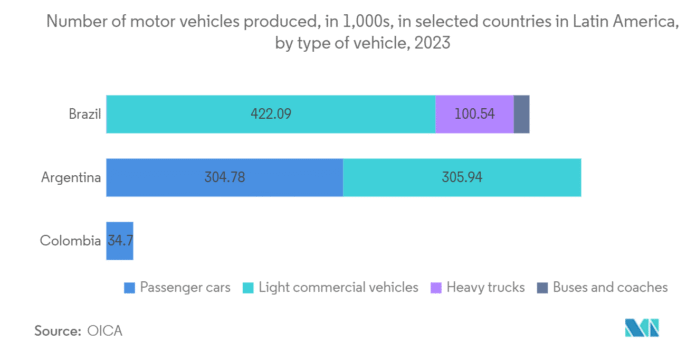If I were talking about the digital population in Latin America in 2015, I wouldn’t have had much to talk about because the numbers were bleak. Pero oh hombre, they have quickly adopted the technology.
According to DataReportal, 92% of the population in Chile has access to the internet, and they have adopted it very well. On the macro level, Latin America now has 78% of the population with access to the internet. Not too long ago, that number was less than half. Isn’t that great?!
Having said that, this shift is because of the four trends that I’ll be exploring in this post. If you’re curious about how Latin America pulled that off, ad on to find out the details.
The Boom of e-Commerce
As I stated earlier, the people in Latin America were not keen to use the internet around five years ago. Now, their lives depend on the internet and technology the same way mine depends on living in the US as an Argentinian.
So, the adaptability of the internet is changing the landscape of consumption. Previously, people used to visit physical stores to buy items. Now, they tend to lean towards online commerce because it is more convenient. And it makes sense!
Look around yourself, and you will find it pretty convenient to buy groceries via food delivery apps and a home internet connection. For example, I live in New Mexico, US, and whenever I have to buy groceries, I just connect to my high-speed Spectrum en español and order my stuff through Uber Eats while I work on my projects as a remote worker.
The same thing is happening in Latin America. I recently visited Rosario (my hometown), and there were fewer people in the retail store. I guess they are shopping online.
So, yeah, the internet adaptability has boomed e-commerce in Latin America.
Digital Banking
As I saw fewer people in the retail stores, I happened to visit the bank for some chores, and there were even lesser number of people. Why? Convenience.
The convenience of transferring the money via digital means has brought the number to a massive 95%. I mean, out of every 100 people in Latin America who have access to the internet, 95 of them will be utilizing the digital banking apps. Part of the reason is the recent development in fintech. Tech giants in Latin America are investing heavily in fintech because of the rising popularity among users.
Speaking of which, this poses a serious cybersecurity threat. Since most of the Latin Americans utilize digital banking in one way or the other, their data is of high value for hackers.
That is why you will see a trend within a trend, which is digital security of the fintech apps. Big tech organizations are collaborating to ensure the security of their products, which is a positive thing on the whole – it creates more jobs, and makes digital payments more reliable.
Businesses Going Digital
This has been one of the most impressive developments in recent years in the region.
While the adaptability of the internet continues to evolve, businesses followed a trend – remote work.
According to the surveys, the percentage of medium to large-scale businesses that adopted the remote work setup was 85.6%. You might not realize, but this is a huge number.
The impact of this trend is seriously positive. I mean, employees can enjoy the flexibility of working from the comfort of their home or a cozy coffee place. On the flip side, businesses can reduce their operational costs. Of course, it depends on the nature of the business, but most of them can implement it.
This remote work trend has yielded another positive outlook – investments.
KPMG reports that because of this shift in the work environment, investing in M&A in Latin America is great. If you are an investor, this is something to look out for. That is why the number of freelancers hired from within Latin America has never been higher.
People have adopted it well, and the market is bearing the fruit of that. Being a freelance writer myself, I love that. All in all, it is super good that the businesses are going digital.
Last but Not Least, IoT
Déjame explicarte primero el IoT (Let me explain the IoT first): In simple words, the Internet of Things (IoT) is a vast network of physical objects—from everyday household appliances to industrial equipment—that are connected to the internet.
These “things” are embedded with sensors, software, and other technologies that allow them to collect and exchange data with other devices and systems over a network, with little to no human intervention.
As for the adoption of IoT in Latin America, the data and the numbers aren’t as impressive as the others, but the trend is shifting. More and more households are showing interest in smart home devices.
However, in the US, on average, one household has 20 connected devices, which is impressive.
Anyway, at the end, I will share a super useful subreddit from which I have learned a great deal about IoT, and you can too. The subreddit: IoT

